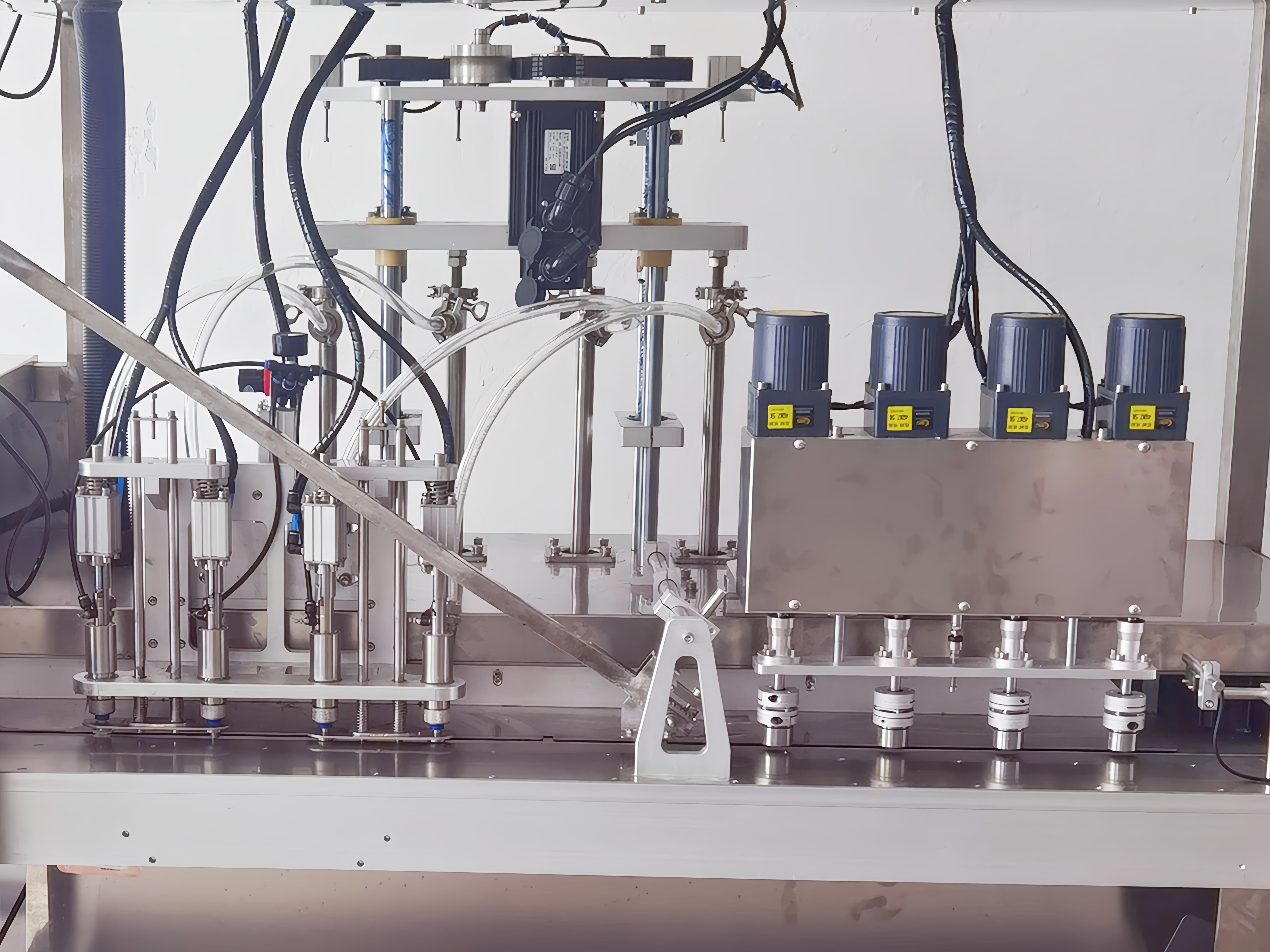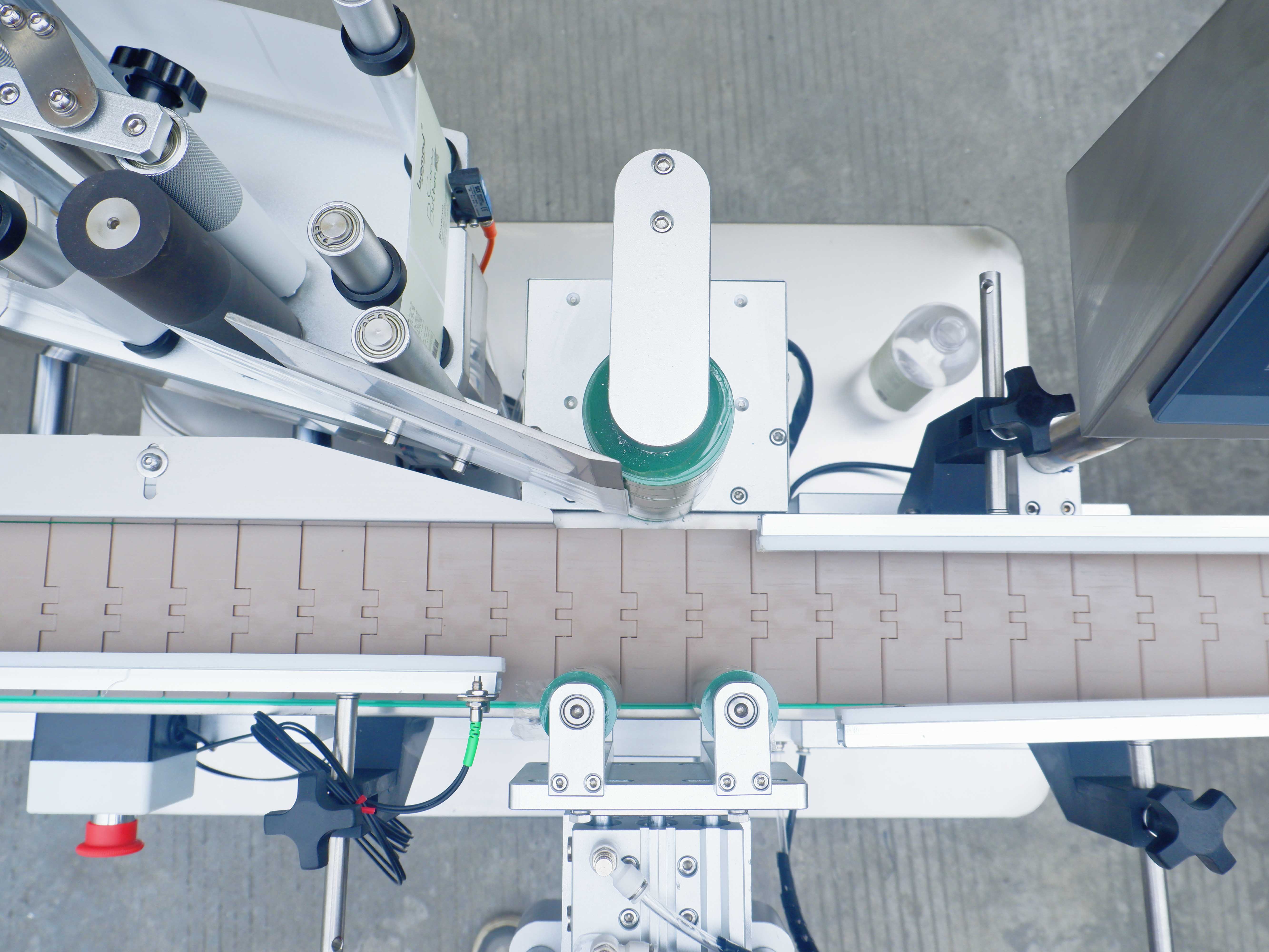Introduction to the Classification and Characteristics of Emulsifying Machines
An emulsifying machine is a device that uniformly mixes two or more immiscible liquids through physical methods, forming a stable emulsion. It is widely used in industries such as food, cosmetics, pharmaceuticals, and chemicals. This article will provide a detailed introduction to the classification of emulsifying machines and their respective characteristics, helping you better choose and use emulsifying equipment.
Classification of Emulsifying Machines
Emulsifying machines can be mainly classified into the following types:
- High Shear Emulsifying Machine
- Homogenizing Emulsifying Machine
- Ultrasonic Emulsifying Machine
- Vacuum Emulsifying Machine
- Colloid Mill Emulsifying Machine
1. High Shear Emulsifying Machine
The high shear emulsifying machine uses the intense shear force generated between a high-speed rotating rotor and stator to crush, shear, and disperse materials, quickly achieving emulsification.
Characteristics:
- High Efficiency and Speed: Capable of completing the emulsification process in a short time, suitable for large-scale production.
- Small and Uniform Particle Size: Produces emulsions with small, uniformly distributed particles, typically reaching micron or even nanometer levels.
- Wide Application Range: Suitable for various materials such as emulsions, creams, and sauces. Widely used in the cosmetics, food, and pharmaceutical industries.
- Simple Structure: Compact design, easy to operate and maintain.
Application Examples:
High shear emulsifying machines are commonly used in the cosmetics industry to produce creams, lotions, and serums; in the food industry, they are used to make mayonnaise, salad dressings, and juices.
2. Homogenizing Emulsifying Machine
The homogenizing emulsifying machine uses high pressure to force the material through a homogenizing valve, where intense impact and diffusion achieve emulsification.
Characteristics:
- High Pressure: Can generate extremely high pressure (usually 20~100MPa), ensuring thorough emulsification.
- Fine and Uniform: Produces very fine emulsions with narrow particle size distribution and high stability.
- Wide Application: Commonly used in dairy, beverage, and cosmetics industries, especially suitable for products requiring high emulsification effects.
- Enhanced Stability: Homogenization significantly improves the stability of emulsions, preventing separation.
Application Examples:
In the dairy industry, homogenizing emulsifying machines are used to produce milk, yogurt, and ice cream; in the beverage industry, they are used for juice and plant protein drinks homogenization.
3. Ultrasonic Emulsifying Machine
The ultrasonic emulsifying machine uses the cavitation effect generated by ultrasonic waves in liquid to make microbubbles in the liquid rapidly collapse, thus achieving emulsification.
Characteristics:
- Gentle Treatment: Suitable for temperature-sensitive materials, avoiding damage caused by high temperatures.
- High Efficiency and Energy Saving: High energy utilization rate of ultrasonic waves, high emulsification efficiency, and low energy consumption.
- Wide Application Range: Widely used in nanomaterials, pharmaceuticals, cosmetics, and other fields, especially suitable for producing nano-scale emulsions.
- Simple Operation: Simple structure, easy to operate, clean, and maintain.
Application Examples:
In the pharmaceutical industry, ultrasonic emulsifying machines are used to prepare drug microemulsions and nano-drug carriers; in the cosmetics industry, they are used to prepare nano-emulsions and serums.
4. Vacuum Emulsifying Machine
The vacuum emulsifying machine operates under vacuum conditions to prevent oxidation of materials and the incorporation of air bubbles.
Characteristics:
- Anti-Oxidation: Working in a vacuum environment prevents material oxidation and bubble formation, maintaining product purity and stability.
- High Efficiency and Uniformity: Excellent emulsification effect, high product stability, capable of producing high-quality emulsions.
- Strong Applicability: Widely used in cosmetics, food, pharmaceutical industries, especially suitable for high-viscosity materials and scenarios requiring high product purity.
- Multifunctional Integration: Combines heating, cooling, mixing, and emulsification, convenient to operate.
Application Examples:
In the cosmetics industry, vacuum emulsifying machines are used to produce high-end creams, lotions, and serums; in the pharmaceutical industry, they are used to produce ointments, creams, and emulsions.
5. Colloid Mill Emulsifying Machine
The colloid mill emulsifying machine uses the intense shear, friction, and centrifugal squeezing generated by the relative movement between the high-speed rotating rotor and stator to achieve emulsification.
Characteristics:
- High-Efficiency Refining: Capable of refining to micron levels or even smaller, producing very fine emulsions.
- Good Stability: Produces emulsions with high stability, not easy to separate.
- Wide Application: Suitable for food, chemical, pharmaceutical industries, especially for handling high-viscosity, high-concentration materials.
- Simple Operation: Simple structure, easy to operate and maintain.
Application Examples:
In the food industry, colloid mill emulsifying machines are used to produce peanut butter, sesame paste, and jams; in the chemical industry, they are used to produce paints, coatings, and lubricants.
Conclusion
Different types of emulsifying machines have their unique characteristics and applicable ranges. High shear emulsifying machines and homogenizing emulsifying machines are suitable for scenarios requiring high-efficiency emulsification and fine products; ultrasonic emulsifying machines are suitable for temperature-sensitive materials; vacuum emulsifying machines are ideal for oxidation prevention and high-viscosity materials; colloid mill emulsifying machines are suitable for refining and high-stability product requirements.
When choosing an emulsifying machine, you should select the most suitable equipment based on production needs and material characteristics to improve production efficiency and product quality. Additionally, maintenance and upkeep of the equipment are crucial for ensuring the long-term stable operation of the emulsifying machine.
We hope this article helps you understand the classification and characteristics of emulsifying machines. If you have any questions or need further information, feel free to contact us!



